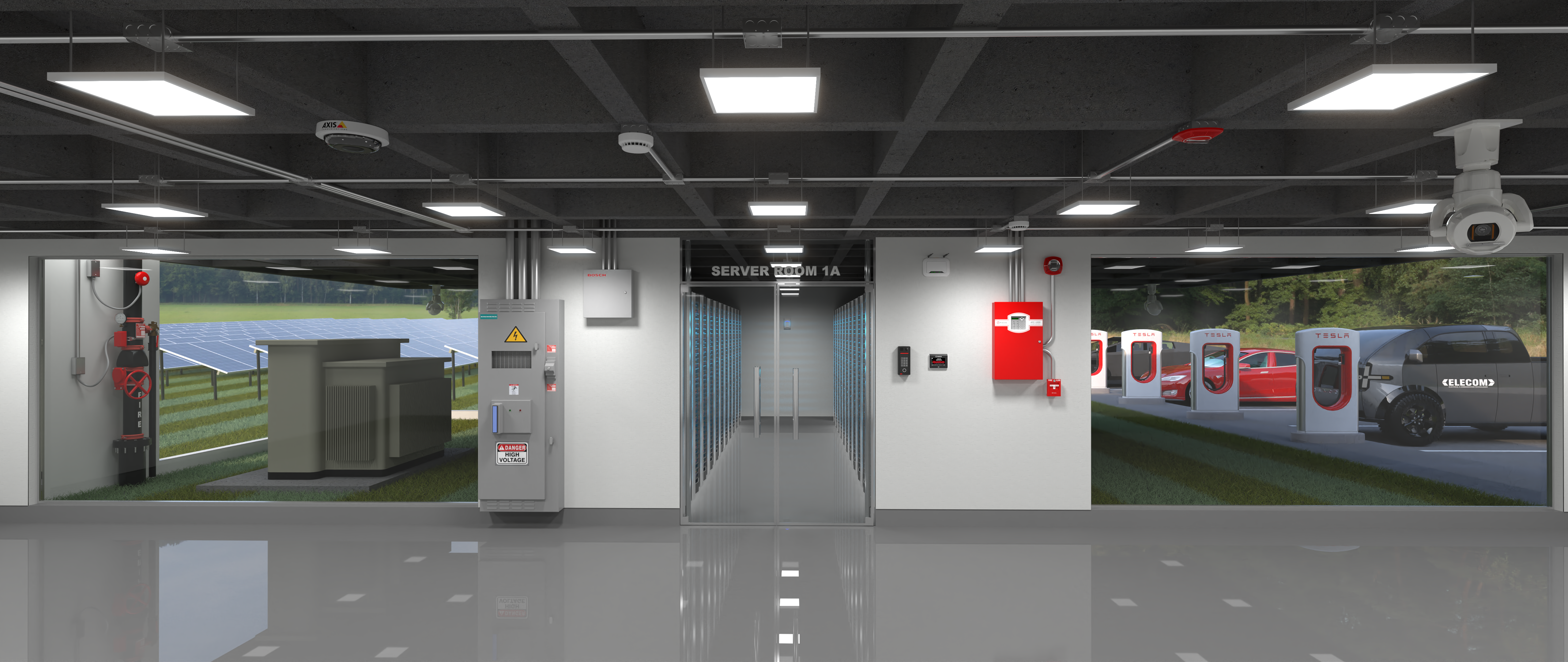We have all encountered motion detectors at some point in our lives. They’re used from a variety of things from detecting room occupancy, triggering outside flood lamps, and intrusion detection. Their name makes what they do obvious. What is not so obvious, however, is HOW they detect motion.
I’m sure you have all heard of the terms “microwave” and “PIR” when people speak of motion detectors. But exactly what do these two terms mean? Here in this article, I will describe the two technologies and which applications are best suited to each technology.
Passive InfraRed (PIR)
A motion detector that uses PIR technology analyzes its environment and looks for a change in present heat signatures. The human body radiates body heat. The motion detector conducts a baseline room analysis to detect present heat signatures, then reverts to its “normal” state. Upon a person entering the motion detector’s field of view, this causes a change in present heat signatures, which then causes the motion detector to trigger the alarm.
Microwave
A motion detector that uses microwave technology analyzes its environment by sending out a microwave signal and measuring the length of time it takes to return to the motion detector (referred to as “echo time”), similar to a RADAR system. It uses this echo time to calculate its distance from stationary objects. The motion detector conducts a baseline room analysis to detect its present distance from stationary objects, then reverts to its “normal” state. Upon a person entering the motion detector’s field of view, this causes an interruption in the emitted microwave beam, which changes the received echo time, which the motion detector perceives as a change in distance from an object. This action causes the motion detector to trigger the alarm.
Dual Technology Motion Detectors
Some motion detectors use both PIR and Microwave technologies to trigger the alarm. They can be programmed to trigger the alarm when either technology detects motion (OR mode) or they can be programmed such that both technologies must detect motion prior to triggering an alarm (AND mode). OR mode makes the motion detector appear to be more sensitive and increases the risk of false alarms. AND mode makes the motion detector more selective to which motions it detects and reports, which can decrease the risk of false alarms. Dual technology sensors tend to reduce the chances of false alarms, but like all things in life, they are not perfect.
So which technology is better?
Like most things, this is a subjective matter and really depends on the application. For most indoor residential applications, PIR works just fine. If you need a sensor to cover a large area, microwave detection would be ideal. Dual technology is great for just about any application, but they also cost more than single technology types.
What about pets?
There are some companies making “pet friendly” motion detectors. These are usually PIR and will ignore a pet’s heat signature up to a certain weight. Although these types do exist, Quantum recommends not using indoor motion detectors if there are inside pets in your home. A Bosch glass break detector would better suffice in an application with indoor pets.

